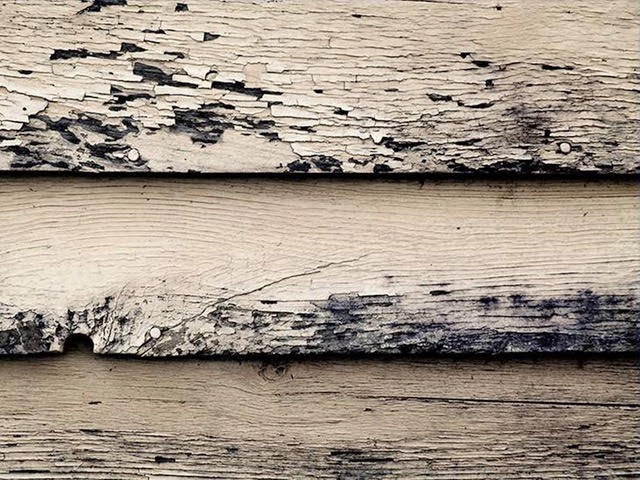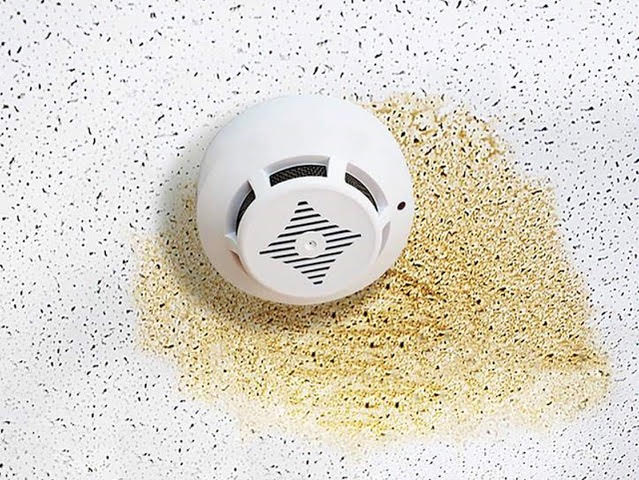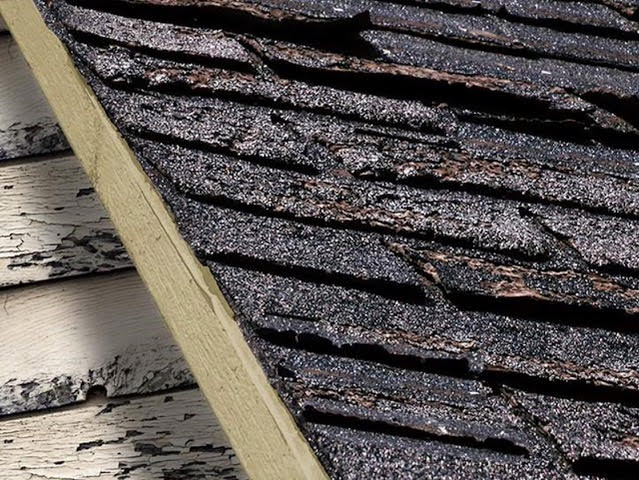Don’t get caught with sudden, costly repairs.
Learn how to spot the danger early on:
Do you know how old your roof is? When was the last time you had it checked? Day after day, your roof protects you from sun, rain, and harsh weather, specially the weather in Canada, but you probably don’t give it much thought. It's important to keep a close eye on your roof and find out how to spot problems – including these 5 key danger signs – before they severely impact your wallet.

A Leak in the Attic
In winter or summer at toronto, there will always be extreamly bad weather. After a strong storm or wind-driven rain, take a look in the attic for signs of leaking. It could indicate damaged shingles, inadequate underlayment or deteriorated flashing.

Blistering or Peeling Interior or Exterior Paint
Moisture trapped in the house due to poor ventilation can cause exterior paint to peel and blister.

Stains on Interior Ceilings and Walls
Stains, or worse, mold, can be caused by leaks from outside the house or moisture trapped inside.

Exterior Decay in Sheathing and/or Siding
Excess moisture can also contribute to decay.

Missing, Cracked, or Curled Shingles
Shingles are a common source of leaks on your roof and it’s important to address aged shingles before they become a major roofing issue. There are a number of signs that it’s time to repair or replace shingles. They included peeling, cracks, missing colour granules, loosening of nails from the roof sheathing and more.

How to Inspect for Damage
It’s a good idea to inspect your roof regularly, particularly if you live in areas of the country that experience extreme weather. In winter or summer at toronto, there will always be extreamly bad weather. You can inspect your roof yourself by either climbing on your roof or by using binoculars from the ground. However, if you choose to go up on the roof yourself, remember to always utilize proper safety equipment to prevent falls or injury.
- 1
Check flashing for damage or inadequate coverage.
- 2
Look under eaves and overhangs for damage.
- 3
Examine shingles for any that are missing, cracked, curled, torn, or warped.
- 4
Look for any open seams or joints.
- 5
Look for popped or rusted nails or stains around nails.
- 6
Check for sagging or unsound areas.
- 7
Check for rotten fascia and eaves.
- 8
Inspect your sources of roof ventilation to make sure they are not clogged.
- 9
Inspect gutters for sagging or signs of leaks and be sure to remove any leaves or debris.
- 10
Check for dark patches or biological growth.
- 11
Check around pipes and roof penetrations to make sure they are sealed and in good shape – there shouldn’t be any exposed nails around flashings (if so, they should be sealed).
- 12
Look inside the attic for signs of leaks, dark spots, holes, or sagging sheathing.